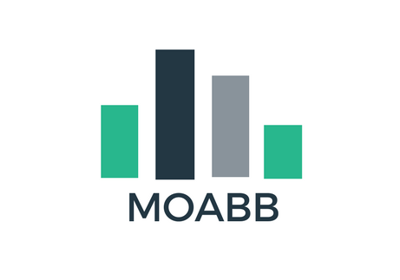moabb.datasets.Cattan2019_VR#
- class moabb.datasets.Cattan2019_VR(virtual_reality=False, screen_display=True)[source]#
Dataset of an EEG-based BCI experiment in Virtual Reality using P300.
PapersWithCode leaderboard: https://paperswithcode.com/dataset/cattan2019-vr-moabb-1
Dataset summary
#Subj
#Chan
#Trials / class
Trials length
Sampling rate
#Sessions
21
16
600 NT / 120 T
1s
512Hz
2
We describe the experimental procedures for a dataset that we have made publicly available at https://doi.org/10.5281/zenodo.2605204 in mat (Mathworks, Natick, USA) and csv formats [1]. This dataset contains electroencephalographic recordings on 21 subjects doing a visual P300 experiment on non-VR (PC display) and VR (virtual reality). The visual P300 is an event-related potential elicited by a visual stimulation, peaking 240-600 ms after stimulus onset. The experiment was designed in order to compare the use of a P300-based brain-computer interface on a PC and with a virtual reality headset, concerning the physiological, subjective and performance aspects. The brain-computer interface is based on electroencephalography (EEG). EEG data were recorded thanks to 16 electrodes. The virtual reality headset consisted of a passive head-mounted display, that is, a head-mounted display which does not include any electronics at the exception of a smartphone. A full description of the experiment is available at https://hal.archives-ouvertes.fr/hal-02078533.
See the example plot_vr_pc_p300_different_epoch_size to compare the performance between PC and VR.
- Parameters
Notes
Note
Cattan2019_VRwas previously namedVirtualReality.VirtualRealitywill be removed in version 1.1.New in version 0.5.0.
References
- 1
G. Cattan, A. Andreev, P. L. C. Rodrigues, and M. Congedo (2019). Dataset of an EEG-based BCI experiment in Virtual Reality and on a Personal Computer. Research Report, GIPSA-lab; IHMTEK. https://doi.org/10.5281/zenodo.2605204
New in version 0.5.0.
- data_path(subject, path=None, force_update=False, update_path=None, verbose=None)[source]#
Get path to local copy of a subject data.
- Parameters
subject (int) – Number of subject to use
path (None | str) – Location of where to look for the data storing location. If None, the environment variable or config parameter
MNE_DATASETS_(dataset)_PATHis used. If it doesn’t exist, the “~/mne_data” directory is used. If the dataset is not found under the given path, the data will be automatically downloaded to the specified folder.force_update (bool) – Force update of the dataset even if a local copy exists.
update_path (bool | None Deprecated) – If True, set the MNE_DATASETS_(dataset)_PATH in mne-python config to the given path. If None, the user is prompted.
verbose (bool, str, int, or None) – If not None, override default verbose level (see
mne.verbose()).
- Returns
path – Local path to the given data file. This path is contained inside a list of length one, for compatibility.
- Return type
- get_block_repetition(paradigm, subjects, block_list, repetition_list)[source]#
Select data for all provided subjects, blocks and repetitions. Each subject has 12 blocks of 5 repetitions.
The returned data is a dictionary with the following structure:
data = {'subject_id' : {'session_id': {'run_id': raw} } }
See also
BaseDataset.get_data
Examples using moabb.datasets.Cattan2019_VR#

sphx_glr_auto_examples_noplot_vr_pc_p300_different_epoch_size.py
